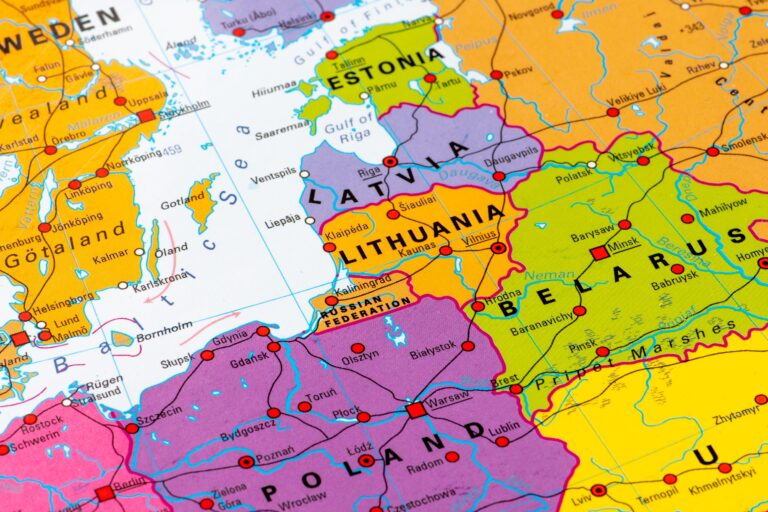
Disinformation
 Hybrid CoE Research Report 15
Hybrid CoE Research Report 15 Countering disinformation in the Euro-Atlantic: Strengths and gaps

Deterrence
 Hybrid CoE Paper 25
Hybrid CoE Paper 25 Turning strategy into praxis: Lessons in hybrid threat deterrence

Identity & cognitive vulnerabilities
 Hybrid CoE Paper 24
Hybrid CoE Paper 24 Social identities and democratic vulnerabilities: Learning from examples of targeted disinformation

Maritime
 Hybrid CoE Research Report 14
Hybrid CoE Research Report 14 Protecting maritime infrastructure from hybrid threats: legal options

Non-state actors
 Hybrid CoE Paper 23
Hybrid CoE Paper 23 Countering state-sponsored proxies: Designing a robust policy

China
 Hybrid CoE Research Report 13
Hybrid CoE Research Report 13 Strings attached: China’s narrative influence in Sub-Saharan Africa

Aviation & Space
 Hybrid CoE Paper 22
Hybrid CoE Paper 22 Cross-cutting technologies in Chinese space activities: Raising the risk of hybrid threats

Aviation & Space
 Hybrid CoE Paper
Hybrid CoE Paper Hybrid CoE Paper 21: China and space: How space technologies boost China’s intelligence capabilities as part of hybrid threats

Maritime
 Hybrid CoE Working Paper
Hybrid CoE Working Paper Hybrid CoE Working Paper 34: Uncrewed maritime vessels: Shaping naval power in hybrid threat operations

Russia
 Hybrid CoE Strategic Analysis
Hybrid CoE Strategic Analysis Hybrid CoE Strategic Analysis 35: Lessons learned from Western sanctions on Russia: Knowing your target well

Russia
 Hybrid CoE Paper
Hybrid CoE Paper Hybrid CoE Paper 20: Ukraine’s position in Russia’s strategic thinking: Domestic, regional and international order

Hybrid warfare
 Hybrid CoE Working Paper
Hybrid CoE Working Paper Hybrid CoE Working Paper 33: State, non-state or chimera? The rise and fall of the Wagner Group and recommendations for countering Russia’s employment of complex proxy networks

Nordic-Baltic region
 Hybrid CoE Working Paper
Hybrid CoE Working Paper Hybrid CoE Working Paper 32: Russia’s hybrid threat tactics against the Baltic Sea region: From disinformation to sabotage

Resilience
 Hybrid CoE Working Paper
Hybrid CoE Working Paper Hybrid CoE Working Paper 31: Building Resilience to hybrid threats: Best practices in the Nordics

Arctic region
 Hybrid CoE Working Paper
Hybrid CoE Working Paper Hybrid CoE Working Paper 30: Security and geopolitics in the Arctic: The increase of hybrid threat activities in the Norwegian High North

Election interference
 Hybrid CoE Research Report
Hybrid CoE Research Report 

